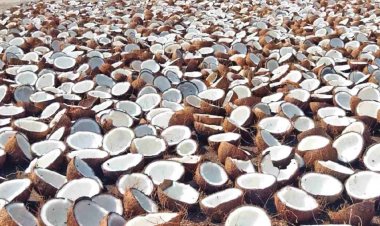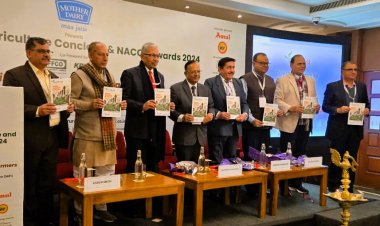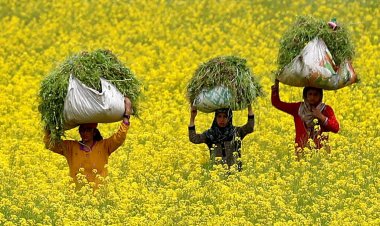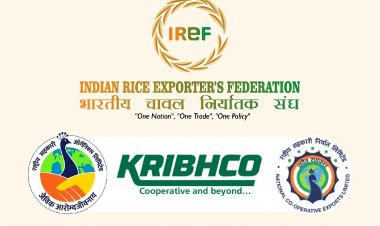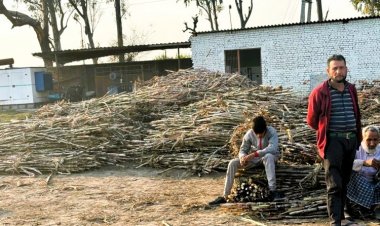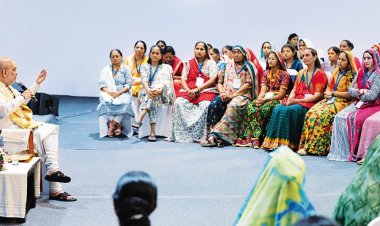Packaged sugarcane juice to hit the shelves
Kanpur-based National Sugar Institute (NSI) is working on a novel technology to safely package pure sugarcane juice without the use of preservatives. For this purpose, the NSI has signed an MoU with the Central Food Technological Research Institute (CFTRI), a CSIR laboratory.
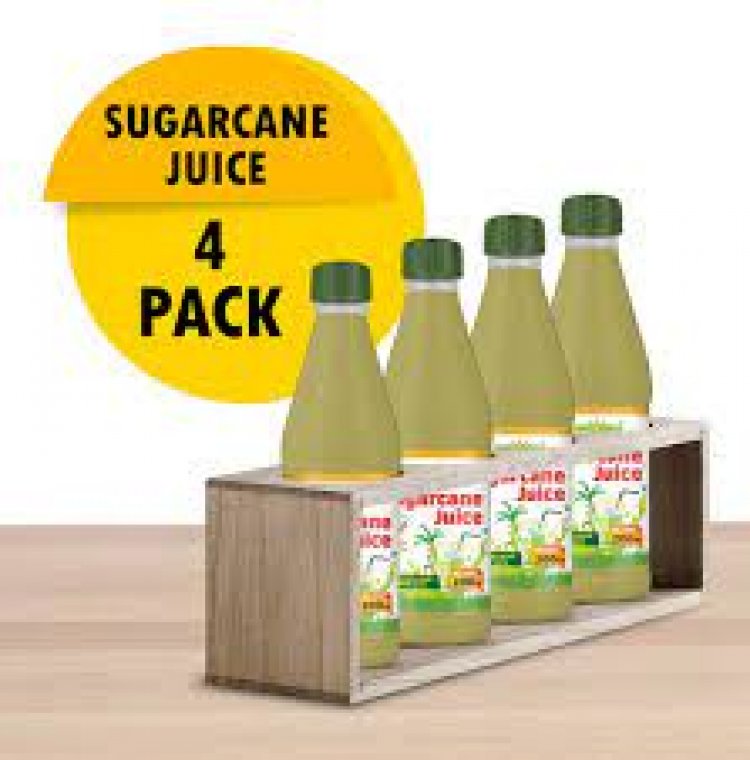
Lucknow
Sugarcane juice is one of the most refreshing energy drinks, especially in summers; yet highly undersold and undervalued as well.
The good news is this matrix may well change before the next summer season heralds in India, which is amongst the world’s top sugarcane producers, next only to Brazil.
Kanpur-based National Sugar Institute (NSI) is working on a novel technology to safely package pure sugarcane juice without the use of preservatives.
For this purpose, the NSI has signed a Memorandum of Understanding (MoU) with the Central Food Technological Research Institute (CFTRI), a Council of Scientific & Industrial Research (CSIR) laboratory.
According to NSI Director Narendra Mohan, the Institute has been working on the technology, which would allow sugarcane juice to be filled in modern packages for longer periods without the use of preservatives.
“Most people refrain from savouring sugarcane juice at the roadside stalls owing to hygiene factors. This deprives them of the healthy drink both in the sugarcane as well as off season. Besides, the packaged juices available in the market use preservatives, while most drinks are not 100 per cent juice too,” he said.
He expressed confidence that the new technology would be commercially launched in the next few months to not only provide a healthy alternative to the consumers but also add a lucrative value chain for farmers.
Talking to the newspersons on the sidelines of the Uttar Pradesh Sugar Mills Cogen Association meeting in Lucknow this week, Mohan stressed expanding the sugarcane product basket to develop a sustainable farm model and to increase rural income.
He said the institutional segment accounted for the bulk 60 per cent of the domestic sugar production, while the household segment comprised only 40 per cent. “There is a need to upgrade the industry to cater to the different types of sugar requirements by the beverage, household and pharma segments.”
Mohan suggested the sugar industry speedily diversify into other sugarcane by-product production chains comprising bagasse, such as vanilla essence, eco-friendly crockery, hardboard etc.



 Join the RuralVoice whatsapp group
Join the RuralVoice whatsapp group




















